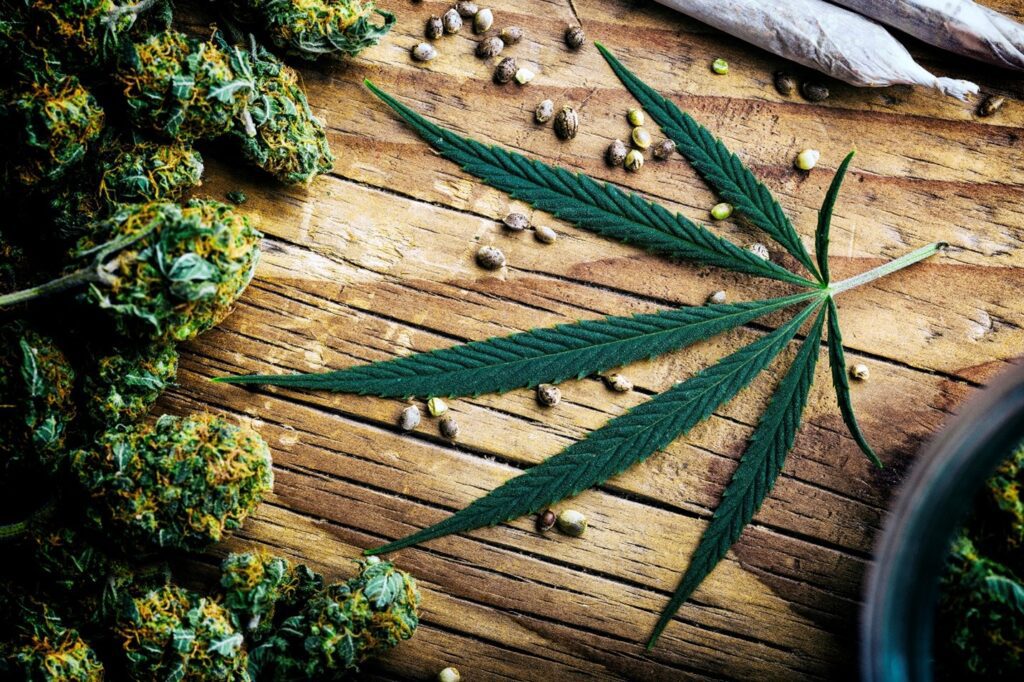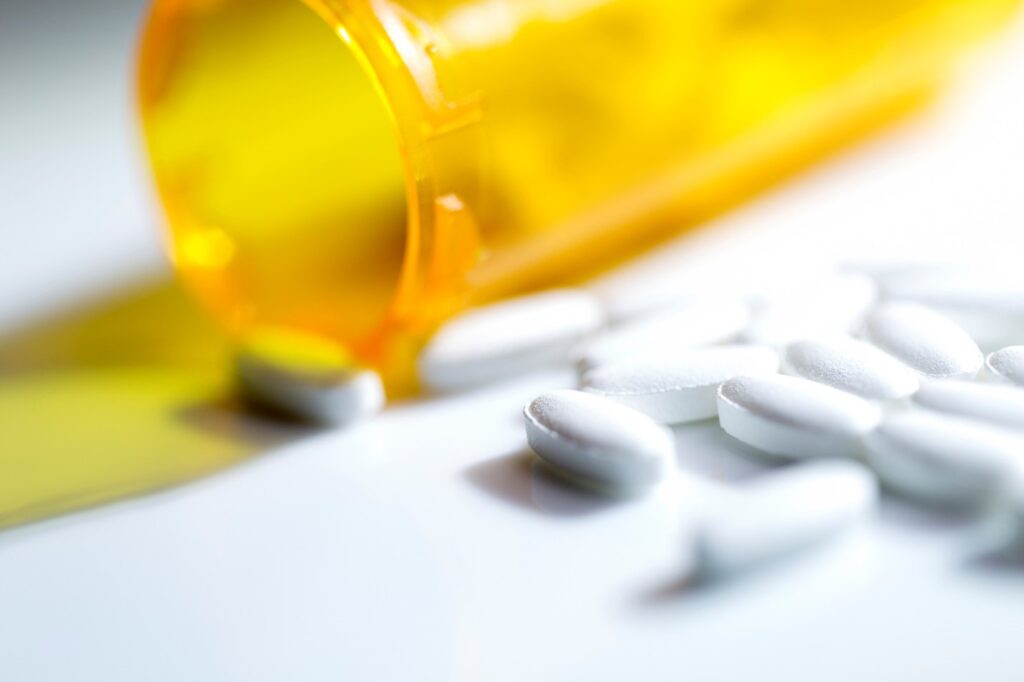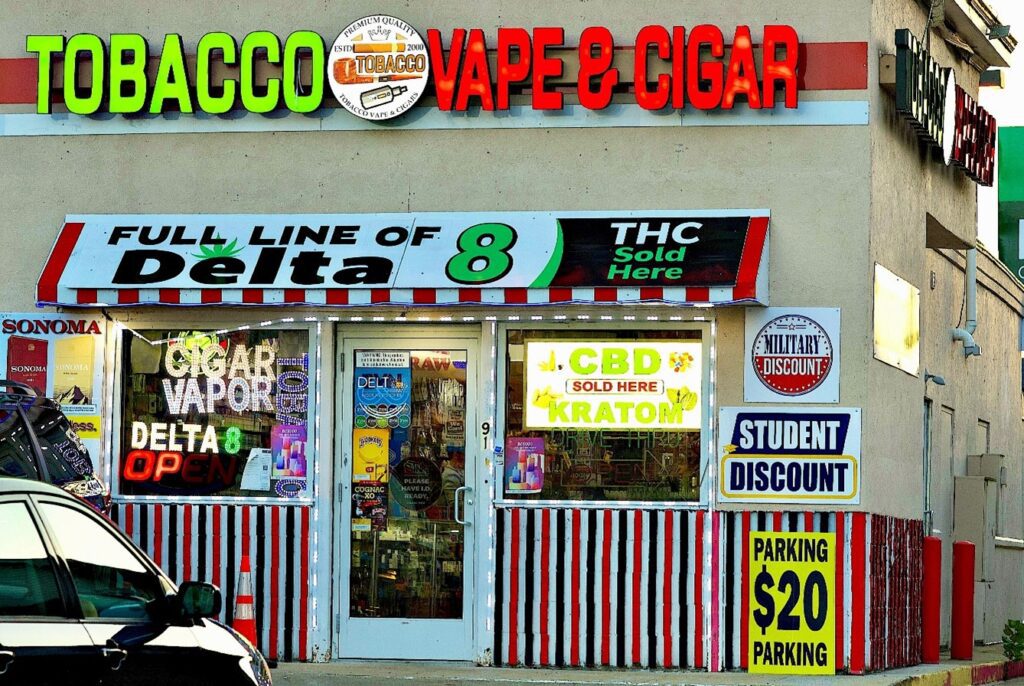
By L.A. Williams
Christian Action League
October 28, 2022
Marijuana: Is it really medicine? Should it be legalized? What can we learn from states where it’s already legal?
Attendees at the ninth annual Shepherd’s 360 Church Leaders Conference in Cary earlier this month got the low-down on the psychoactive drug from Luke Niforatos, executive vice president of the non-profit, bipartisan organization Smart Approaches to Marijuana (SAM).
Niforatos dispelled a number of myths, warned his audience about the need to prevent another “big tobacco,” and laid out SAM’s recommendation for an evidence-based approach to marijuana policy that prioritizes public health.
The following are some of the facts he presented in response to commonly held, but mistaken, ideas.

Myth #1: Today’s marijuana is just like that of the ’60s and ’70s.
- “This isn’t your mother’s marijuana; the marijuana of today is significantly more potent,” says former US. Surgeon General Jerome Adams.
- Between 2008 and 2021, marijuana plant potency has gone from an average of 3 percent to nearly 20 percent THC. And potency of marijuana concentrate has gone from 55 percent to more than 95 percent in the same period.
- According to the International Journal of Drug Policy, 97 percent THC levels make up more than 15 percent of the marijuana market. Between 2014 and 2016, milder flower products with THC between 10 and 15 percent made up only 2 percent of the market.
Myth #2: Marijuana is not addictive.
- 1 in 3 past-year users will become addicted.
- The adolescent brain is particularly susceptible to Cannabis Use Disorder.

Myth #3: Marijuana use can help keep people off of opioids.
- A 2021 University of Queensland study of people who began using marijuana as adults found that they are 36.8 times more likely to use illicit drugs; 3.2 times more likely to be heavy drinkers and 7.3 times more likely to smoke tobacco than non-users.
- A 2018 article in the Journal of the American Medical Association shows that the opioid crisis appears to be worsening where marijuana has been legalized.
- A 2019 JAMA study concluded that medical marijuana was associated with a 23 percent increase in opioid deaths.
- Canadian researchers at McMaster University analyzed 23 studies with more than 3,600 participants and found that marijuana did not lead to reduced opioid use during treatment, and it did not lead to people staying in treatment programs.
- Colorado’s opioid related overdose fatalities have continued to climb after the state legalized marijuana.

Myth #4: Marijuana is safe.
- Use of marijuana is strongly correlated with psychosis and schizophrenia.
- A Lancet study has shown that marijuana users are five times more likely to develop psychosis than those who don’t use.
- The Lancet reports that users of higher THC potency marijuana have worse outcomes: Higher potency users are more likely to become addicted, more likely to develop general anxiety disorders, and more likely to use at least once a week. They are twice as likely to have used illicit drugs in the past 12 months and more than three times as likely to be tobacco smokers.
- A separate study found that users of high-potency pot are twice as likely to develop anxiety disorders.
- Marijuana users are 22 percent more likely to need emergency care and hospitalization.
- Marijuana’s effects on developing babies could include low birth weight and other developmental problems. The American Academy of Pediatrics released a statement in 2018 advising pregnant and breastfeeding mothers not to use marijuana at all.
- “Public policy is outpacing science when it comes to marijuana. What we know is that marijuana is in fact addictive… this may come as a surprise to some people … We don’t at this point have high-quality evidence that tells us that in fact, marijuana is both safe and effective for use for medical purposes,” said U.S. Surgeon General Vivek Murthy in July 2017.
Myth #5: Marijuana is a cure-all that can help with depressive disorders, ADHD, PTSD and dozens more ailments.
- A review of 16 studies with 1,750 participants concluded that the “potential benefits of cannabis-based medicine in chronic neuropathic pain might be outweighed by their potential harms.”
- Pain is one of the most commonly reported qualifying conditions in states where marijuana is legal in spite of evidence suggesting marijuana not only fails to mitigate pain, but results in lower pain thresholds, according to the American Society of Anesthesiologists.
- A massive review of 500 studies regarding veterans and marijuana showed that marijuana use among veterans was associated with negative outcomes such as other substance abuse, developing or worsening of psychiatric disorders and self-harm or suicidality.

Myth #6: Most advocates for medical marijuana want it only for the very ill.
- Advocates for legalization have admitted that medical marijuana is a pretext for legalization. In 1979, Keith Stroup, founder of NORML, told The Emory Wheel, Emory University’s student newspaper, “We will use medical marijuana as a red herring to give marijuana a good name.”.
- The average medical marijuana user is a white male, 32 years old with no history of life-threatening disease but with a history of alcohol and drug abuse.
- Fewer than 5 percent of “medical” marijuana card holders are cancer, HIV/AIDS or glaucoma patients.
Myth #7: Legalized marijuana sales create incredible tax revenue for states.
- Marijuana tax revenues make up less than two percent of total state budgets in Alaska, Oregon, California, Washington and Colorado.
- Societal costs of legalization include everything from workplace injuries and absenteeism to damaged vehicles, injuries and fatalities from drugged driving, not to mention increases in homelessness and ER visits.
Niforatos showed his audience how Big Tobacco is becoming Big Marijuana with the same players, just slightly different marketing.
For instance, take Altria, the parent company of Phillip Morris, U.S. Smokeless Tobacco Co., and others. Its majority shareholder, Cronos Group, thanks to a $1.8 billion investment, now owns the only two Canadian companies licensed to cultivate and sell medical marijuana (PeaceNaturals and OGBC). Meanwhile, Imperials Brands, owner of Winston and the fourth largest tobacco company on the planet, is investing in marijuana via a $123 million deal with Auxly Cannabis, Niforatos pointed out.
He said former Big Pharma OxyContin CEO John Stewart is now selling medical cannabis as well, and that just like Big Tobacco spends millions on lobbying, the same is happening with marijuana.
Rather than the simple joint that most people associate with marijuana, the ever expanding market of cannabis-based products includes everything from candy bars, cotton candy and chocolate to cannabis-infused alcoholic drinks, ice cream, syrup and gummies, Niforatos explained, as he showed slides of a myriad of products, including a small vaporizer that looks like an asthma inhaler being marketed as a discreet way to consume weed.

He said advocates of legalization have pushed their agenda through “medicine by popular vote” rather than the rigorous scientific testing system devised by the FDA.
In closing, Niforatos said SAM’s strategies to help states deal with marijuana include education, prevention, science, industry accountability, advocacy and media engagement. Below are the organization’s recommendations.
In states that have legalized …
- Edibles and high THC concentrates should be outlawed or severely restricted.
- The marijuana industry should not serve on rule-making bodies to determine regulations.
- Pot advertising and promotions should be prohibited.
- A science-based public awareness campaign should be implemented across multiple media.
- Drugged driving prevention should be a priority, with tough laws imposed on those who drive stoned.
In states that have not legalized …
- Remove criminal penalties and arrest records for personal possession of pot.
- Pot use should be discouraged, and people caught repeatedly with marijuana should be directed to early interventions and/or treatment.
- A science-based public awareness campaign should be implemented across multiple media.
- Drugged driving prevention should be a priority, with tough laws imposed on those who drive stoned.
